Mikhal
No longer a newbie, moving up!
- Joined
- Sep 24, 2018
- Messages
- 150
- Reaction score
- 110
- Location
- Wisconsin
- Can others edit my Photos
- Photos OK to edit
I've been kicking around taking some star/sky shots, something that I have never attempted before. I was curious which one of my lens would be my best bet and any other suggestions or tips you might be willing to offer.
I have:
nikon 18-55mm f/3.5-5.6G AF-S Dx
nikon AF-S DX Micro 40mm f/2.8G
nikon AF-P DX 70-300mm f/4.5-6.3G ed vr
https://www.thephotoforum.com/forums/beyond-the-basics.60/
I have:
nikon 18-55mm f/3.5-5.6G AF-S Dx
nikon AF-S DX Micro 40mm f/2.8G
nikon AF-P DX 70-300mm f/4.5-6.3G ed vr
https://www.thephotoforum.com/forums/beyond-the-basics.60/


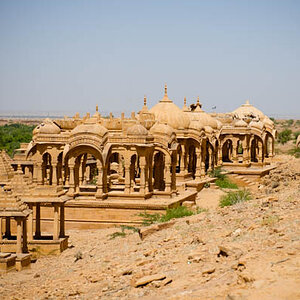
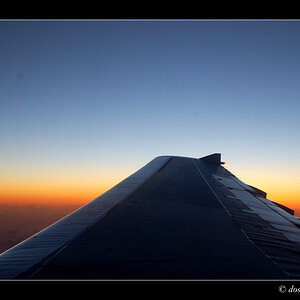
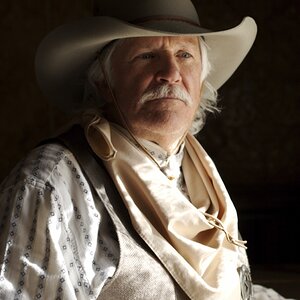
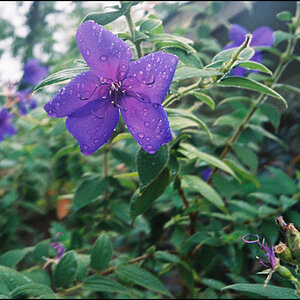
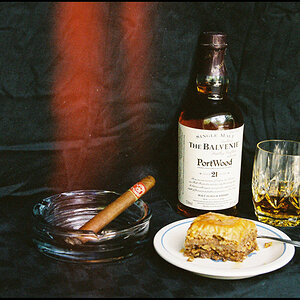
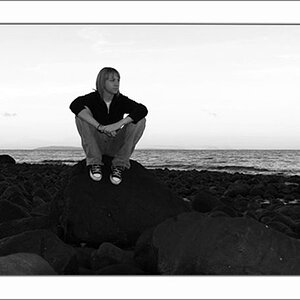
![[No title]](/data/xfmg/thumbnail/31/31751-fb2f68cca32f9eec468dbde7d649840f.jpg?1619734990)
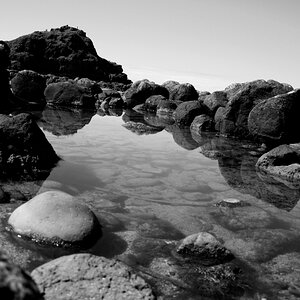
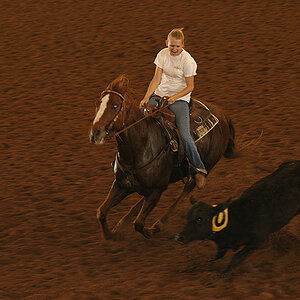
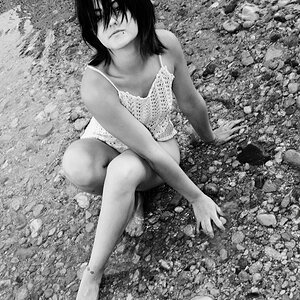
![[No title]](/data/xfmg/thumbnail/37/37492-bafc92488a1ab17e4ca6603ee5b38376.jpg?1619738112)
![[No title]](/data/xfmg/thumbnail/37/37494-d432dd0601f47668ec55d04f350f243b.jpg?1619738113)